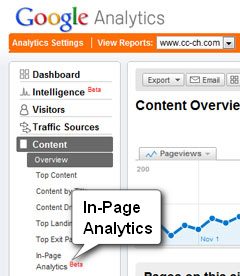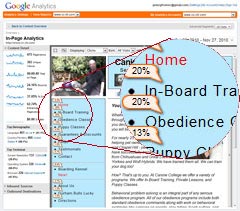You’ve probably heard about how important it is to keep things “above the fold.” It seems simple, but a lot of people are missing the point. Let’s look at what really matters about “above the fold” and what’s just mythology.
Above the fold is an old newspaper term. It refers to the top half of the front page of the paper. That’s what sells the paper because it’s the part you can see without paying.

photo by Wayne Wilkinson www.flickr.com/photos/waynewilkinson/
Heck, there are probably even some other pages you could peruse for free.
So, don’t cram everything above the fold. You’ve got infinite amounts of paper and ink to work with. Use what space you need to make your point. After you’ve made your case with good, well-reasoned copy it’s time to seal the deal.
There’s a trend these days to put a big signup form or checkout button up above the fold on the home page. It’s like showing up for a first date with no pants on.
[Read more…]


![Conversions [divided by] Impressions [equals]](https://www.petergrandstaff.com/eNews-pix/conversions-divided-by-impressions-equals.png)
